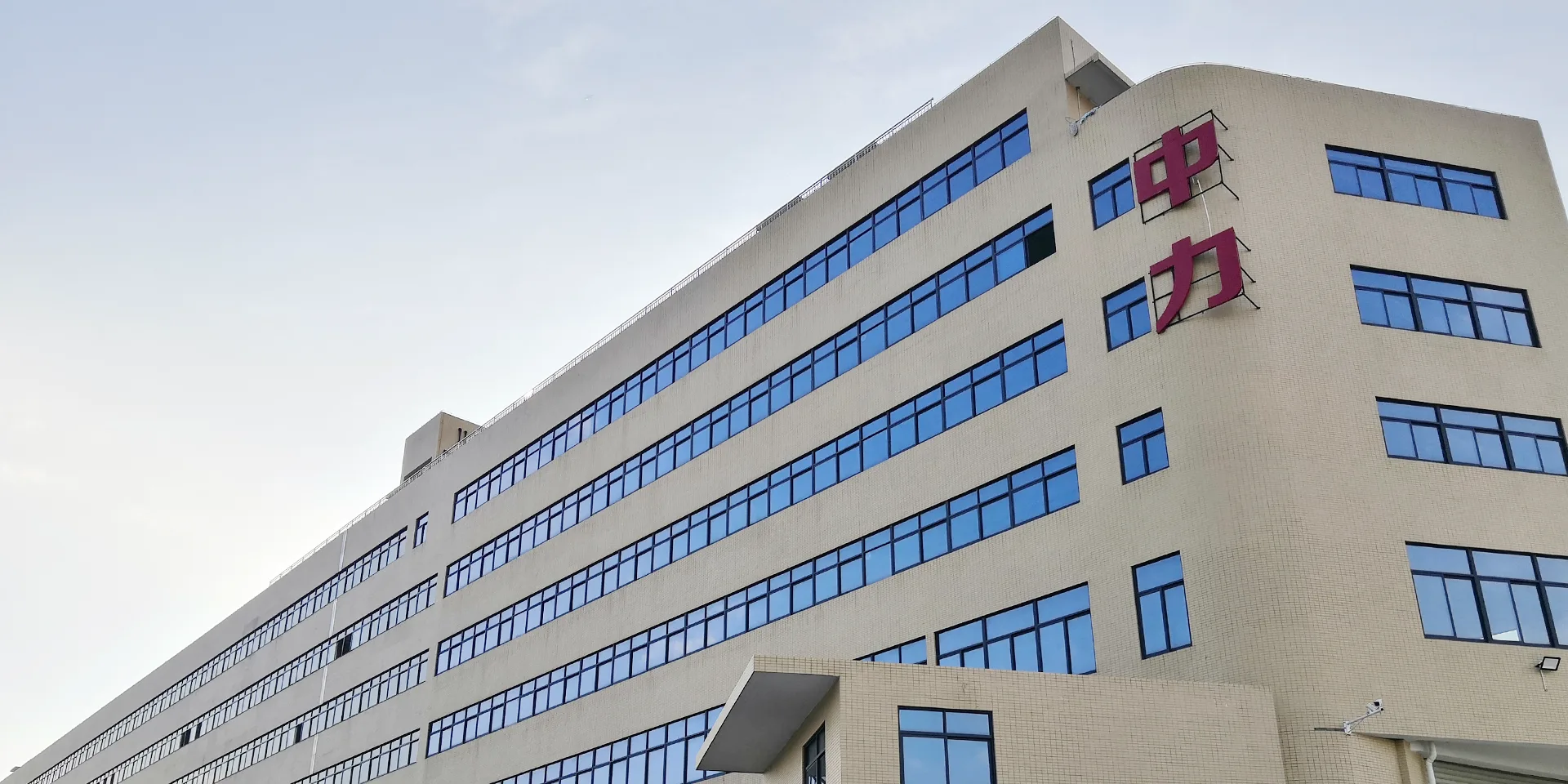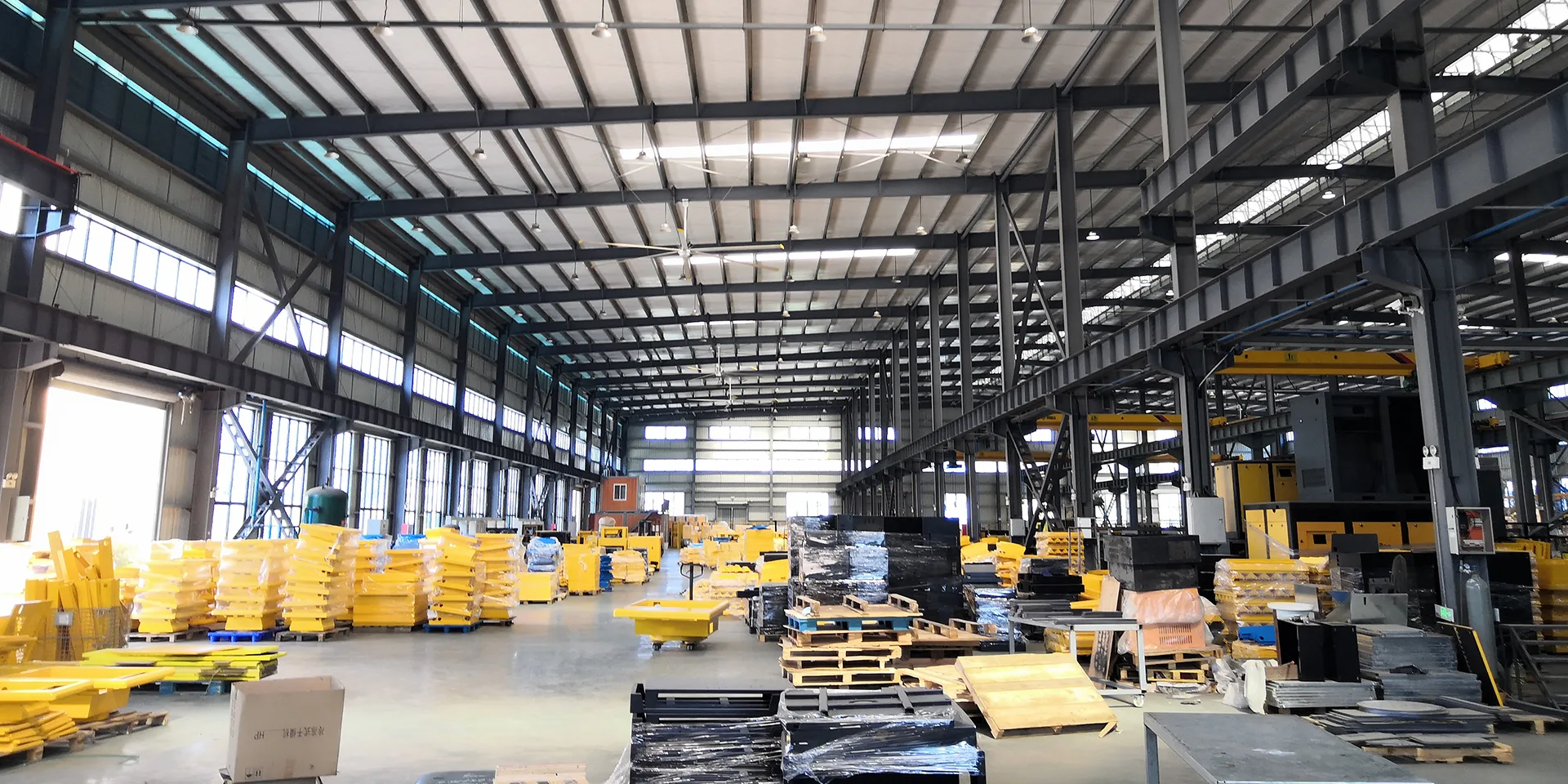News
2023-03-24
Introduction of Screw Compressor

0 Development history of screw compressor
In 1937, Alf Lysholm successfully developed two types of screw compressor test prototypes in SRM company, and achieved satisfactory test results. In 1946, the British company James Howden, located in Scotland, was the first to obtain a license from the Swedish company SRM to produce screw compressors. Subsequently, many companies in Europe, the United States and Japan have also obtained this license from the Swedish SRM company, engaged in the production and sales of screw compressors.
The first developed screw compressor is oil-free screw compressor. In 1957, oil-injected screw air compressor was put into application. In 1961, oil-injected screw refrigeration compressor and screw process compressor were successfully developed. After continuous basic theoretical research and product development tests, through the continuous improvement of the rotor profile and the successful development of special rotor processing equipment, the superior performance of the screw compressor has been continuously brought into play.
1 classification of screw compressor
Screw compressors have a variety of classification methods: according to the different modes of operation, divided into oil-free compressors and oil-injected compressors.
In oil-free screw compressors, the gas does not come into contact with lubricating oil during compression. The rotors of oil-free machines are not in direct contact with each other and there is a certain gap between them. The male rotor drives the female rotor to rotate at a high speed through the synchronous gear. The synchronous gear not only transmits power, but also ensures the gap between the rotors. It is worth pointing out that the so-called "oil-free" means that the gas is not in contact with the oil during the compression process, that is, there is no oil lubrication between the compression chamber or the rotor of the compressor. However, the bearings, gears and other parts of the compressor are still lubricated by ordinary lubrication methods, but between these lubrication parts and the compression chamber, an effective isolation shaft seal is adopted.
In the oil-injected screw compressor, a large amount of lubricating oil is sprayed into the compressed gas medium, which plays the role of lubrication, sealing, cooling and noise reduction. There is no synchronous gear in the oil injection machine. A pair of rotors are just like a pair of gears. The male rotor directly drives the female rotor to rotate. Therefore, the structure of the fuel injection machine is simpler.
1.1 oil-injected screw compressor
Oil-injected screw compressors are used to compress gases in various technological processes, including inert gases such as CO2 and N2, light gases such as H2 and He, and chemically active gases such as HCI, CL2, etc. Because of its similar requirements, usually the oil-injected screw process compressor is made of oil-injected screw refrigeration compressor, running within its design conditions.
The working pressure of the oil-injected screw process compressor is determined by the process flow. The single-stage pressure ratio can reach 10, the exhaust pressure is usually less than 4.5MPa, but the maximum can reach 9.0MPa, and the volume flow range is 1~200 m3/min.
1.2 dry screw compressor
Dry screw compressors can be used as air compressors or process compressors, and there is no liquid internal cooling and lubrication during compression. Dry screw compressor speed is often very high on the bearing and shaft seal requirements are higher, and the exhaust temperature is also higher, single-stage pressure ratio is small. At present, the single-stage pressure ratio of the general dry screw compressor is 1.5~3.5, the two-stage ratio can reach 8~10, the exhaust pressure is usually less than 2.5MPa, and the volume flow rate is 3-500m3/min.
1.3 water-jet screw compressor
In order to reduce the discharge temperature of dry screw compressor and increase the single-stage discharge pressure, an oil-free screw compressor was developed to spray water into the compression chamber. Since water does not have lubricity, this type of compressor is also equipped with synchronous gears, and the structure is basically the same as that of a dry oil-free screw compressor. Reliable shaft seals are also required between the compression chamber and the bearings and gears to isolate the injected water from the lubricating oil.
In other cases, the method of injecting liquid into the compressor is sometimes used. For example, when some gases are compressed, due to changes in temperature or pressure, polymerization may occur, depositing a thin layer of plastic on the rotor and casing. This may not be a problem when the compressor is running, but when the compressor stops running, it will "stick" the rotors together, thus causing the compressor to not start again. In addition, some gas mixtures contain compounds like asphalt. In these cases, it is possible to spray appropriate solvent into the compressor door to flush out these compounds. The injection of solvent may be continuous or may be performed before the compressor is shut down.
API 619-2004, Screw Compressors for Petroleum, Chemical and Gas Industries
Dry screw compressor: Rotary spiral vane compressor that does not require the use of liquids to seal rotor gaps and drive the driven rotor.
Note 1: The rotor and the rotor are connected by the synchronous gear on each rotor, and the driven rotor is driven by the driving rotor through the synchronous gear.
Note 2: There is no contact between the rotor and the rotor in the dry screw compressor.
Wet screw compressor: Rotary helical vane compressor in which lubricant (compatible with process gas) is injected into the rotor space after the helix is closed.
Note 1: This lubricant helps to seal the rotor gap and establish oil film lubrication between the rotors. In the absence of synchronizing gears, one rotor (male rotor) directly drives the other rotor (female rotor).
Note 2: Oil-injected screw compressors may require a relatively high inlet oil temperature to prevent condensation of the process gas. Failure to maintain proper oil temperature may result in emulsification or contamination of the lubricating oil.
3. Application of dry screw compressor
The liquid jet screw compressor is developed from the dry screw compressor and is essentially an oil-free compressor suitable for use as a process gas compressor. The liquid-jet screw compressor overcomes the disadvantages of high exhaust temperature, low single-stage pressure ratio and large power consumption of the dry screw compressor by spraying artificial art water, process condensate and other liquids that do not pollute the process medium into the compression chamber. Low compression temperature can also effectively prevent the polymerization of easily polymerized process medium butadiene, etc. and improve the applicability of the screw compressor. At the same time, the injected liquid can also play a certain role in sealing, lubricating and noise reduction of the rotor, further improve unit performance. In recent years, with the in-depth study of the structural design and theoretical principles of the liquid-jet screw compressor, its performance has been greatly improved, and it has been widely used in the process of flare gas recovery and styrene tail gas recovery.
4. Other requirements of API 619-2004 Screw Compressors for Petroleum, Chemical and Gas Industries
5.10.2 Dry screw compressor
5.10.2.1 Where a common system supplies oil to two or more machines (such as compressors, gearboxes or motors), the seller responsible for the unit shall ensure that the type, grade, pressure and temperature of lubricating oil supplied by the common system to all equipment are compatible.
Note: The lubricating oil used in the utility oil system is usually a mineral oil that meets the requirements of ISO3448 32 or 46. The compatibility of the lubricant requires the unanimous agreement of the user and all equipment suppliers of the utility system oil supply. In some cases, there may be significant differences in the requirements of individual components.
5.10.2.2 Unless otherwise specified, bearings and bearing housings shall be lubricated with mineral oil that meets the ISO3448
5.10.2.3 Unless otherwise specified, the pressure oil system of the dry screw compressor shall comply with the requirements of chapters 1 and 2 of API614
5.10.2.4 If specified, the fuel tank integrated with the base shall meet the requirements of Chapter 3 of API614
5.10.2.5 If specified, shaft driven oil pump with full load power shall be provided according to API614.
Note: This oil pump is usually driven by the low speed shaft of the gearbox.
5.10.3 Wet screw compressor
5.10.3.1 General Principles
5.10.3.1.1 The wet screw compressor shall use pressurized oil tank and separation tank. The design of the wet screw compressor oil system shall consider the following factors:
a) The lubricating oil is in contact with the process gas.
B) The lubricating oil system forms part of the process gas system.
c) The lubricating oil system is isolated from the atmosphere.
d) The lubricating oil is compressed to the outlet gas pressure. Sometimes lubricating oil can be injected into the compressor bearings and seals without the need for an oil pump (caused by lexion).
5.10.3.1.2 Lubricants compatible with the process gas shall be used in the oil system.
5.10.3.1.4 The exhaust temperature shall be at least 10K(18 °F) above the dew point of process gas and water vapor under any specified operating conditions.
5.10.3.15 The design of the gas pipeline between the compressor outlet nozzle and the first stage oil separator should be sized to withstand pulse, high volume multiphase flow and vibration load.
Note: Lubrication, sealing oil, filtration and other system components should be in accordance with the relevant provisions of API614.
We are always committed to providing energy-saving, efficient and high-quality products and services for the majority of users, synchronized with the world's advanced air compression technology, to provide continuous power for your enterprise.
Related News
Always adhere to the "quality of survival, innovation and development, customer satisfaction as the goal" business philosophy, to provide customers with high-quality mechanical and electrical products.
Quanzhou Zhongli Machine & Electric Co., Ltd.
After-sales service:
Address: No. 99 Pan Cuo, Hechi Town, Luojiang District, Quanzhou City, Fujian Province
Mailbox: sales5@zljdcn.com Jayden
Mailbox: sales7@zljdcn.com Echo
Mailbox: sales8@zljdcn.com Sini
Website: www.zljdcn.com





